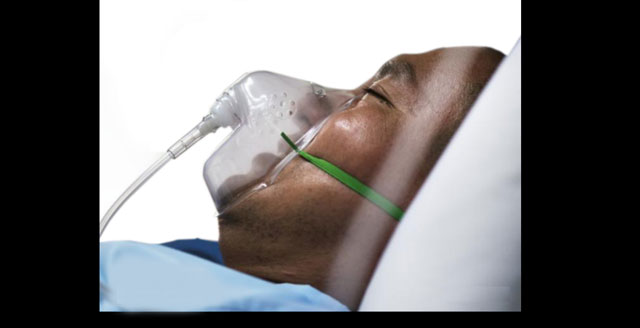
Can we defeat the virus again?
COVER STORY | Ronald Musoke | Dr. Jane Ruth Aceng, the Minister of Health designate believes despite the current wave of deaths from the second wave, Uganda can defeat the COVID-19 pandemic as it did in the first wave – but it will require determined efforts.
That was Dr. Aceng’s main message during a World Health Organisation Africa region virtual briefing on COVID-19 convened on June 17.
She told the meeting also attended by the Guinean Minister of Health that Uganda has a history of handling pandemics and her team will eventually defeat the current crisis.
“COVID-19 is not about hospitals; it is not about ICUs and it is not about oxygen. COVID-19 is a social behavioural issue. It requires you and me to be responsible,” she said.
Aceng was referring to how the country handled the COVID-19 outbreak in early 2020 when, even before it had not yet registered a single case of COVID-19, President Yoweri Museveni closed schools, places of worship and banned all public gatherings on March 18.
On March 21, when Uganda registered her first case of COVID-19 at Entebbe International Airport, Museveni closed the airport and all other land borders.
On March 30, the government announced a 14-day nationwide lockdown save for a few economic activities that were considered essential.

Ugandans generally adhered to the set standard operating procedures including; wearing face masks when in public, maintaining a social distance of at least two metres, washing hands with soap frequently or using an alcohol-based hand sanitizer and they avoided unnecessary movement to crowded places, parties and other social gatherings.
By May 2020 Uganda had gained a reputation worldwide as one of the countries that had done a good job of managing the pandemic.
In one virtual meeting organised on May 27 by the University of Cape Town’s School of Public Governance, Dr. Diana Atwine, the permanent secretary in the Ministry of Health told the participants that the reason Uganda had not been impacted by the COVID-19 pandemic like her neighbours was because “Uganda is not new to epidemics.”
She was speaking under the session titled, “Why has Africa been less impacted? Best practice examples in Africa.” Atwine said Uganda had, for instance, in a space of two years battled deadly epidemics including; Yellow Fever, Rift Valley Fever, Crimean Congo Hemorrhagic Fever, measles, cholera, typhoid and plague.
She attributed Uganda’s success to the “core structures, capacities, institutional relationship and networks, an active public health operations centre, strong laboratory and surveillance capacities, robust risk communication and social mobilization, strong national information management system, population trust in government’s health services and the experience of working with the military structures.”
“Our strength lies in the strong leadership of President Museveni,” she said, adding that, “Early and decisive action to implement containment measures was crucial in slowing the spread of COVID-19.”
But, the current grim COVID-19 situation in the country is in stark contrast to the optimism in the first six months of the pandemic last year. Fortunately, the main success factors that Dr. Aceng and Dr. Atwine listed are still in place.
Schools to blame?
Today, on Kampala’s streets and in the suburbs, the sirens of ambulances are growing louder every day as they crisscross the city to evacuate critically ill patients from homes to private health facilities and from private health facilities to the government facilities.
“We are reaching peak of carrying capacity and the spread is more intense in the cities,” said Dr. Monica Musenero, the senior presidential advisor on epidemics who is also the new Minister in-charge of Science and Innovation. She was on June 16 speaking to a group of science journalists via a zoom meeting.
“This (second wave) crept up on us,” Musenero said and traced the surge in the second wave to the staggered reopening of schools.
“We slowed a bit on surveillance and then clusters of COVID-19 infections started emerging in schools,” she said.
 The Independent Uganda: You get the Truth we Pay the Price
The Independent Uganda: You get the Truth we Pay the Price



